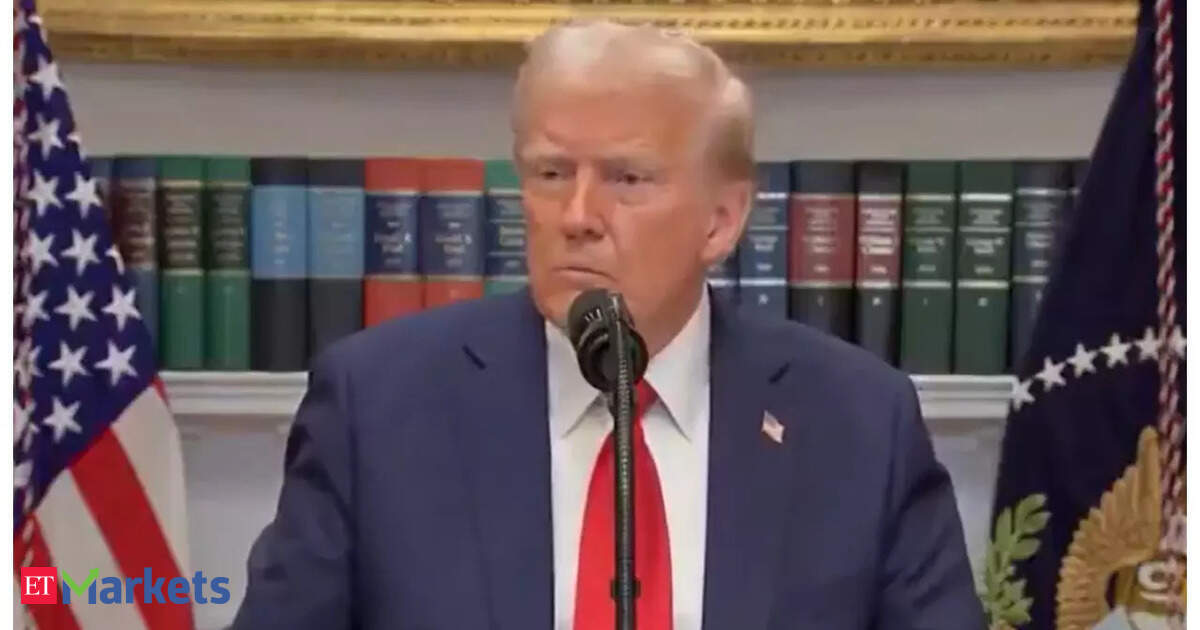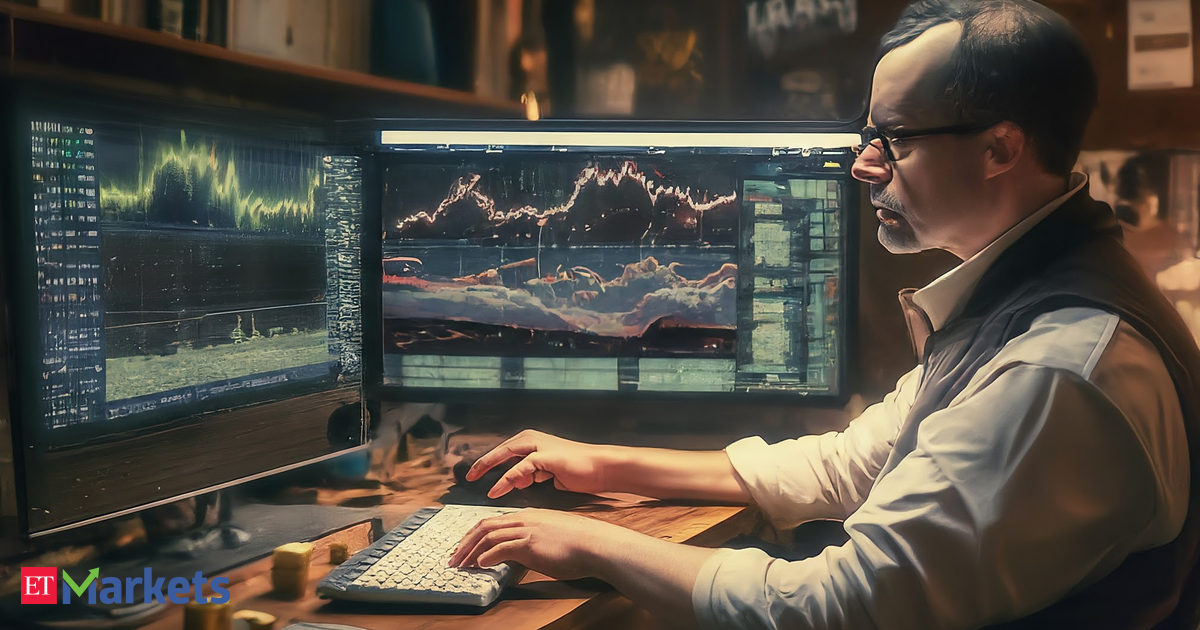Global stocks extended a record, risk-sensitive currencies strengthened and bonds fell after a trade agreement with Japan contained lower tariffs than Trump had threatened earlier this month. The big picture takeaway seems to be a light at the end of a negotiating tunnel that will further fuel investor optimism that the worst of their fears on trade are behind them.
As a major trading partner, the Japan deal is potentially a big step forward toward the conclusion of tariff-related uncertainties, according to Jane Foley, head of FX strategy at Rabobank.
“Overall the deal will justify the market’s rolling back of the fears related to US recession and inflation seen earlier in the year and should help support risk appetite,” she said. “It raises pressure on the European trade negotiators, though at the same time it will also raise hope that they can still pull something out of the bag ahead of the deadline.”
The deal with Japan sets tariffs on the nation’s imports at 15%, including for autos — by far the biggest component of the trade deficit between the two countries. A separate agreement with the Philippines set a 19% rate, the same level as Indonesia agreed and a percentage point below Vietnam’s 20% baseline level, signaling that the bulk of Southeast Asia is likely to get a similar rate.
After the deals, effective tariff rates still remain much higher than at the beginning of the year, but below the more punitive rates suggested previously.Japan’s Topix Index rallied more than 3% to hit a one-year high, with Toyota Motor Corp. surging as much as 16%, the most since 1987. Hopes that the deal could pave the way for an agreement in Europe also boosted shares in the region, with Europe’s Stoxx 600 gauge rising 1.2%, the most in a month, led by automakers such as Porsche, Volkswagen and Stellantis, each up more than 6%.Shares in other sectors such as pharma and construction — which have a big exposure to the US market — also rallied on Wednesday, while the yield on US 10-year Treasuries rose three basis points to 4.38%, halting five days of losses.
European Auto Stocks Set for One of Best Days in 2025 | Porsche, Stellantis and Volkswagen among key gainers
Earlier this year, Trump’s rapidly-shifting tariff policies sent global markets spiraling amid recession fears and worries about the outlook for US equities, bonds and even the status of the dollar as the world’s reserve currency. But risk assets have rebounded as investors saw signs of progress in negotiations and the greenback has steadied.
“Since this news counters the ‘Sell America’ trade that was exhibited in the first 5 months of the year, if should help support short-covering in the dollar,” Rabobank’s Foley said.
Japan’s deal might be setting a precedent for trade negotiations happening with Europe, according to Fabien Yip, a market analyst at IG in Australia. That will provide some optimism for global markets in their expectations for what will eventually happen with Europe and China, she said.
“It looks like Trump has been making a few concessions with several key trading partners, including Vietnam, Indonesia, and now Japan,” Yip said. “So the deal today will be quite meaningful for the global rally.”
With a deal with Beijing still a key factor for the global economy, US Treasury Secretary Scott Bessent will meet his Chinese counterparts in Stockholm for their third round of trade talks aimed at extending a tariff truce and widening the discussions. European Union and US negotiators are still in intensive talks, as they seek to clinch a trade deal by Aug. 1.
“Collectively, this more positive trade news has really helped to ease investor fears that tariffs are about to snap back higher on August 1,” wrote Deutsche Bank AG’s Jim Reid in a note to clients. “But of course, the threat of much higher tariffs still remains for several large economies, including the 30% on the EU, 35% on Canada and 50% on Brazil.”
Mohit Kumar, the chief European strategist at Jefferies International sees trade agreements signed in the near term with the rest of the US’s key trading partners.
“While a negative from a macro point of view, the world can live with 15% or so tariffs,” he said.




